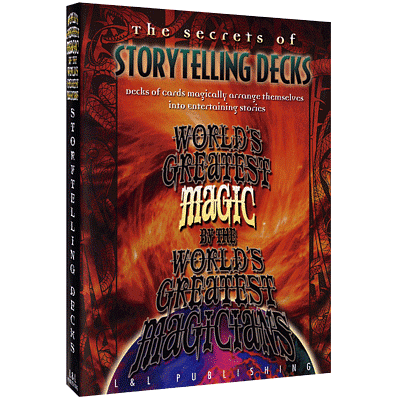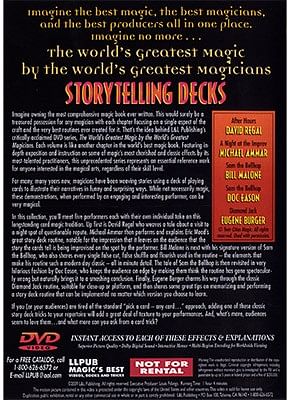

Each time, I hope that the performer modernizes the terms.

Sure, there are some magicians who create entirely new stories, but every time I see Sam The Bellhop performed, the script is recited word-for-word. Considering that magic is routinely seen as an antiquated craft, this doesn’t bode well. So where can you change such an iconic trick? The truth is, Sam The Bellhop is desperate for an update. It’s a trick from the 1950s that has stood the test of time. Here is Bill Malone annihilating the trick: You don’t get much more of a built-in presentation than Steele/Everhart’s Sam The Bellhop. If you keep tweaking here and there, you’ll eventually end up with something completely different, something completely you. Study what they do, why they do it, and where you can jump off into your own style. Don’t be too quick to dismiss such a wealth of knowledge. It’s by careful, thoughtful construction, usually based on years’ experience. Is it by accident that they’re so damn good? Hellz no. Look at some of your favorite magicians and how they present their magic. The easiest way to start from scratch is to not start from scratch. This leads to a lot of confusion, and more often than not, poor, poor choices.

When magicians first start getting into the original-presentation game, the most common problem I see is that they’re overwhelmed. Welcome to this new iTricks feature: The Sound of Both Hands Clapping. We’re starting a new weekly column dedicated magic presenting, and specifically, demystifying the hell out of it. We chatted and twirled our hair for over twenty minutes, yet barely scratched the surface.
BILL MALONE SAM THE BELLHOP CRACKED
We cracked open the enigmatic world of presenting magic, and peeked into its fecal-infested innards. And, what's more, audiences seem to love them.I just finished a podcast with your steamed and esteemed editor, Justin Robert Young. If you (or your audiences) are tired of the standard "pick a card - any card." approach, adding one of these classic story deck tricks to your repertoire will add a great deal of texture to your performances. Finally, Eugene Burger charms his way through the classic Diamond Jack routine, suitable for close-up or platform, and then shares some great tips on memorizing and performing a story deck routine that can be implemented no matter which version you choose to learn. The tale of Sam the Bellhop is then revisited in very hilarious fashion by Doc Eason, who keeps the audience on edge by making them think the routine has gone spectacularly wrong but naturally brings it to a smashing conclusion. Bill Malone is next with his signature version of Sam the Bellhop, who also shares every single false cut, false shuffle and flourish used in the routine - the elements that make his routine such a modern-day classic - all in minute detail. Michael Ammar then performs and explains Eric Mead's great story deck routine, notable for the impression that it leaves on the audience that the story the cards tell is being improvised on the spot by the performer. Up first is David Regal who weaves a tale about a visit to a night spot of questionable repute.

In this collection, you'll meet five performers each with their own individual take on this longstanding card magic tradition. While not necessarily magic, these demonstrations, when performed by an engaging and interesting performer, can be very magical. For many, many years now, magicians have been weaving stories using a deck of playing cards to illustrate their narratives in funny and surprising ways.


 0 kommentar(er)
0 kommentar(er)
